-

Journals from Japan
Miwa Ryukishō solo exhibition: SHOWAN 生盌 - The Bowl of Life at Nihonbashi Mitsukoshi[NEW] Journals from Japan: read director Beatrice Chang's reflections on the recent solo exhibition of celebrated artist Miwa Ryukishō (formerly Miwa Ryosaku, and Kyusetsu) in Japan. -

-

-

Excerpts: Wada Morihiro
On his 彡文 San-Mon SeriesWe've been translating Wada Morihiro's excerpts and writings about his artistic process and techniques. Today, we are delighted to share his notes on his beautiful San-Mon series. Read more. here. -

The Art of Kishi Eiko 岸映子
Reflections on the occasion of the 36th Kyoto Art Culture AwardIt is with delight that we announce that Kishi Eiko (b. 1948) has been awarded the 36th Kyoto Art Culture Award. On this occasion, we reflect on the innovations of her ceramic art. -
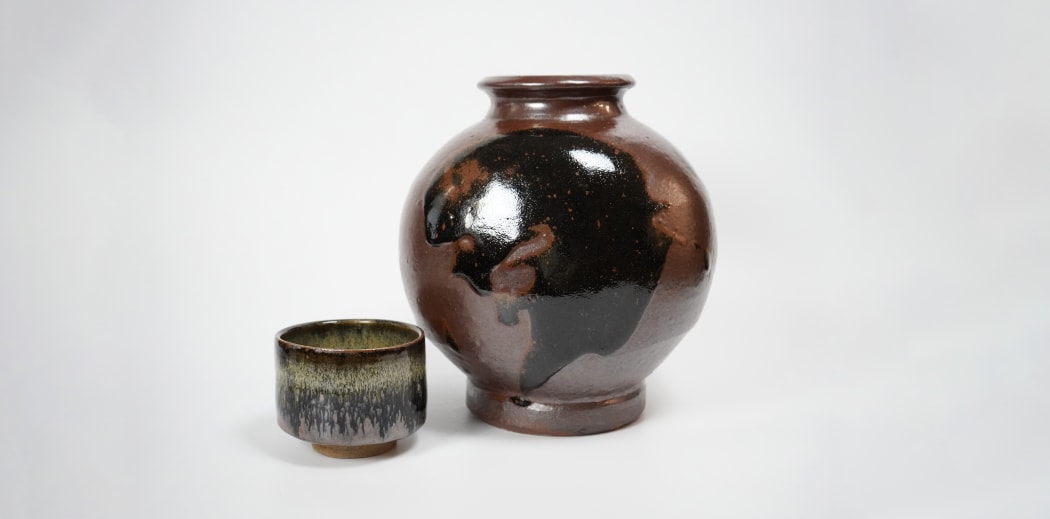
Murata Gen 村田 元
A forewordOn the occasion of the opening of "Murata Gen: The Heart's Eye", read the Foreword to our online exhibition catalog for our Murata Gen debut solo exhibition in North America. Browse the artist's works on our website. -

-

Ishiyama Tetsuya
The "Dimple Bowl" and contemporary ceramicsRevisit a tea bowl by the contemporary ceramicist Ishiyama Tetsuya with us, with a platinum sheen and gold inside. "Dimple bowl" is a playful take on the often sombre and traditional Japanese tea ceremony. -

Clay as Soft Power
Shigaraki in Postwar America & JapanThe University of Michigan Museum of Art's exhibition, Clay As Soft Power examines how Shigaraki ware ceramics transformed the American public’s image of Japan, helping the country shift its identity from World War II enemy to Cold War ally to global cultural change maker.
-
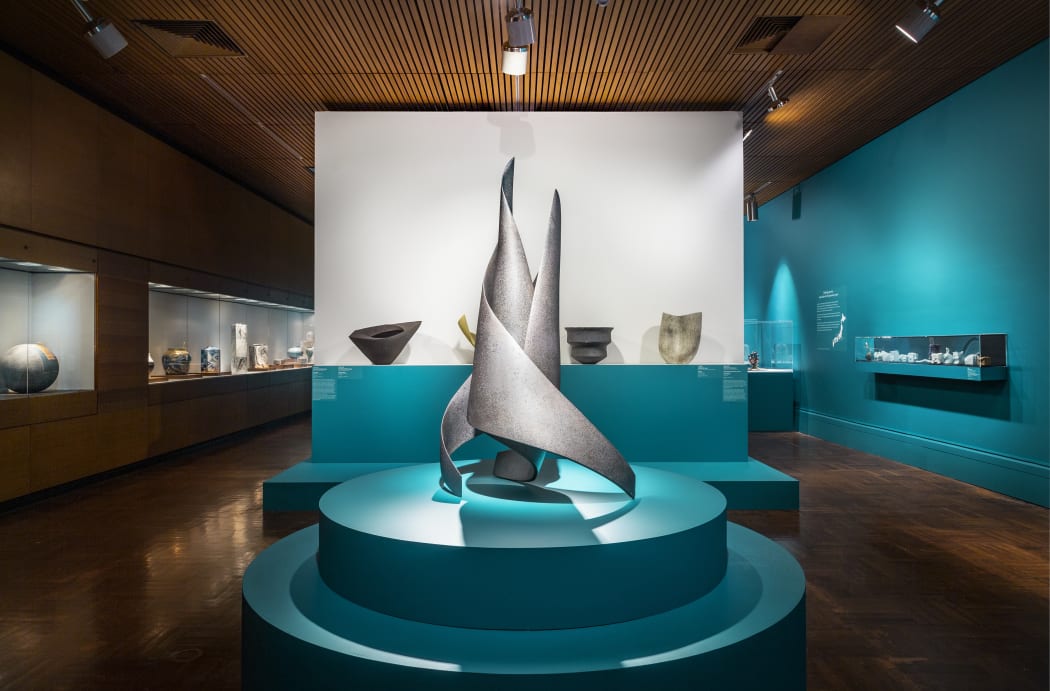
Japanese Ceramics at the Art Gallery of South Australia
Dai Ichi Arts: AbroadMany pieces from our gallery were featured in this dynamic exhibition which spans Japanese modern & contemporary ceramics beginning in the post-war years to today. Click to read more! -

-

-
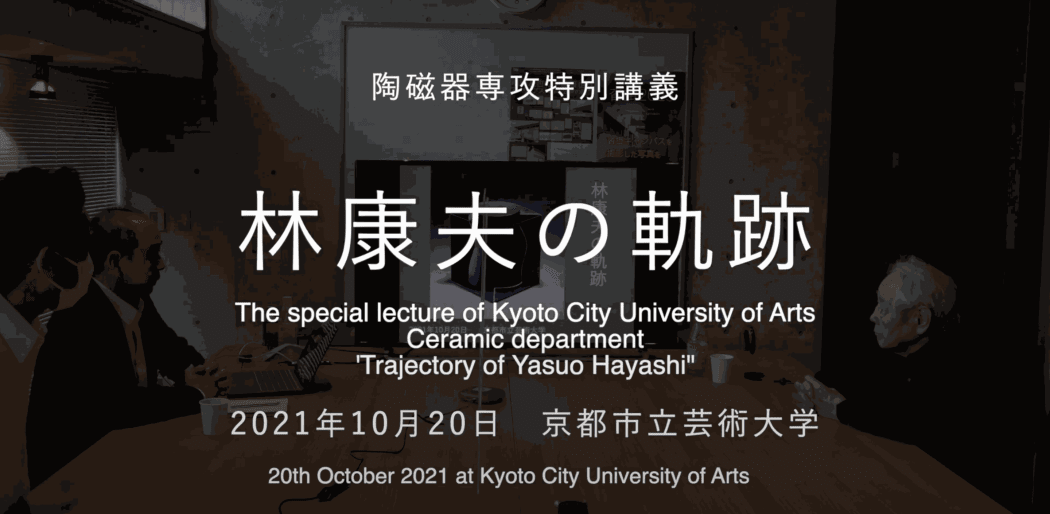
Osaka University of Arts: Panel Discussion on the Avant-Garde Ceramics
A Panel Discussion on the Avant-Garde Ceramics of Hayashi Yasuo, Yagi Kazuo, and Suzuki Osamu -
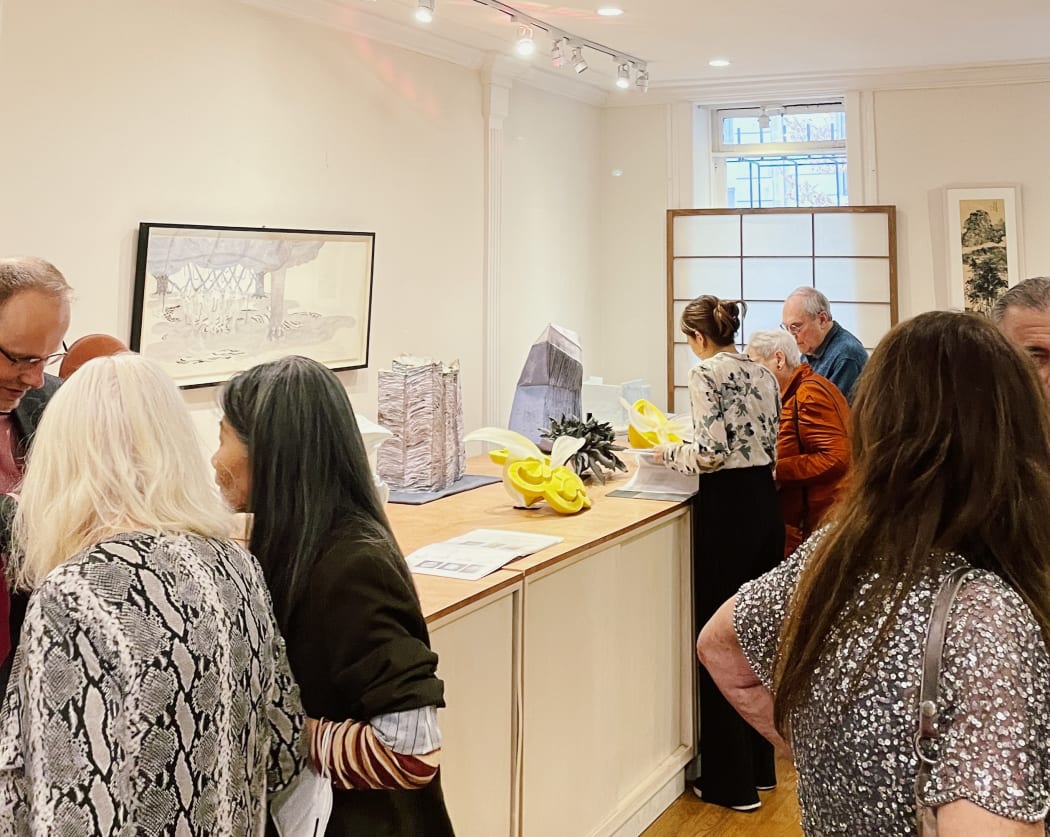
-
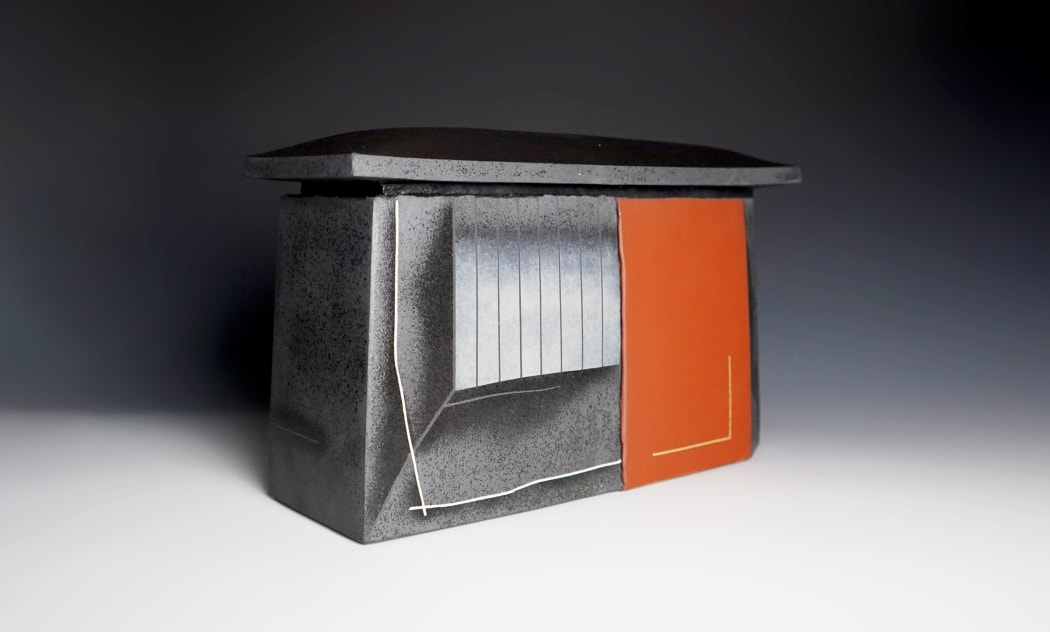
New publication: "The Age of Avant-garde Ceramics: The Life of Yasuo Hayashi"
A retrospective of Hayashi Yasuo's 80 year Artistic Practice written by Sakagami ShinobuWe are celebrating Hayashi Yasuo's recent feature in an important book featuring an extensive retrospective of Hayashi's artistic practice.
-
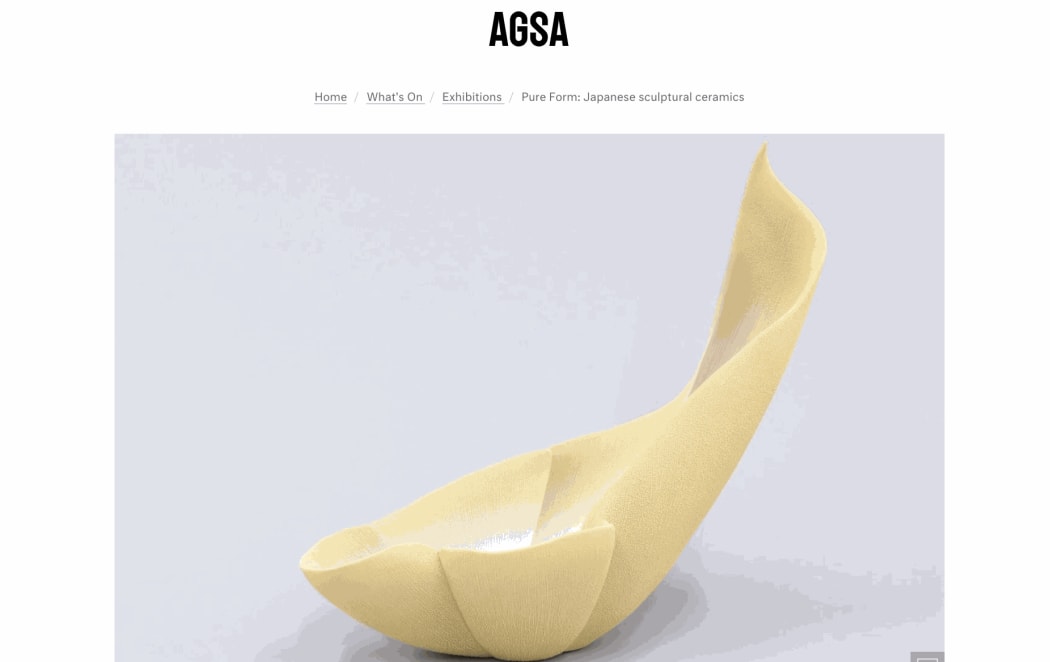
Art Gallery of South Australia & Dai Ichi Arts
AGSA will be featuring sculptural works acquired from Dai Ichi Arts in an upcoming Exhibition -

-
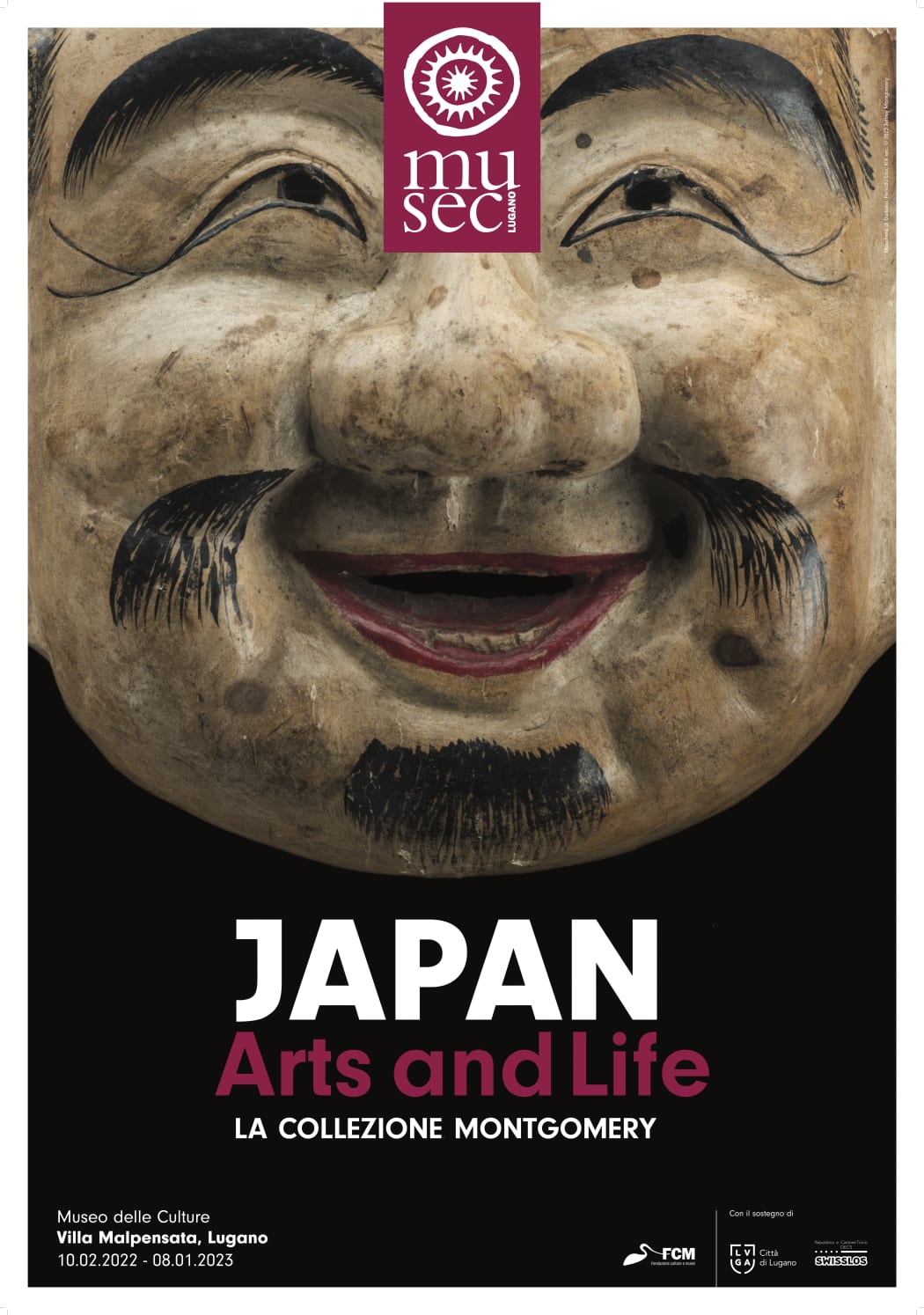
We’re delighted to announce that the important collector of Japanese ceramics, and our friend Mr. Jeffrey Montgomery will be exhibiting his collection of over 250 Japanese folk crafts in ceramic, wood, fabric, and lacquer mediums. Coming up this October, it will be the first major and extensive exhibitions of Japanese folk craft, including Mingei wares from Mashiko, outside of Japan in the last 50 years. It showcases the importance of the Montgomerey collection. The upcoming exhibition in the Museo Delle Culture in Lugano will showcase pieces that have passed through Dai Ichi Arts in recent years.
-
How can we tell the difference between Japanese and Korean ceramics? What is it in Korean ceramics that is absent from Japanese wares? Aloofness, sternness, a certain folk quality...it would take more space than we have there to get to the bottom of it, but pay close attention to the beautiful Korean Moon jars next time you visit the Victoria and Albert Museum, take a second look at the robust collections at the Metropolitan Museum of Art, or browse contemporary pieces at the San Francisco Asian Art Museum, and you might begin to get a feel for the distinctions between these two great ceramic cultures.
-
Contemporary artist Kino Satoshi (b. 1987) is a young sculptor with a big vision who, like many Japanese ceramic artists, finds inspiration in nature and its powerful forces. His recent celadon series is titled Oroshi, which refers to a cold wind coming down from the mountains. This exemplary 2015 sculpture places the viewer in front of a perfectly balanced spiral form made by a cool mountain wind.
-
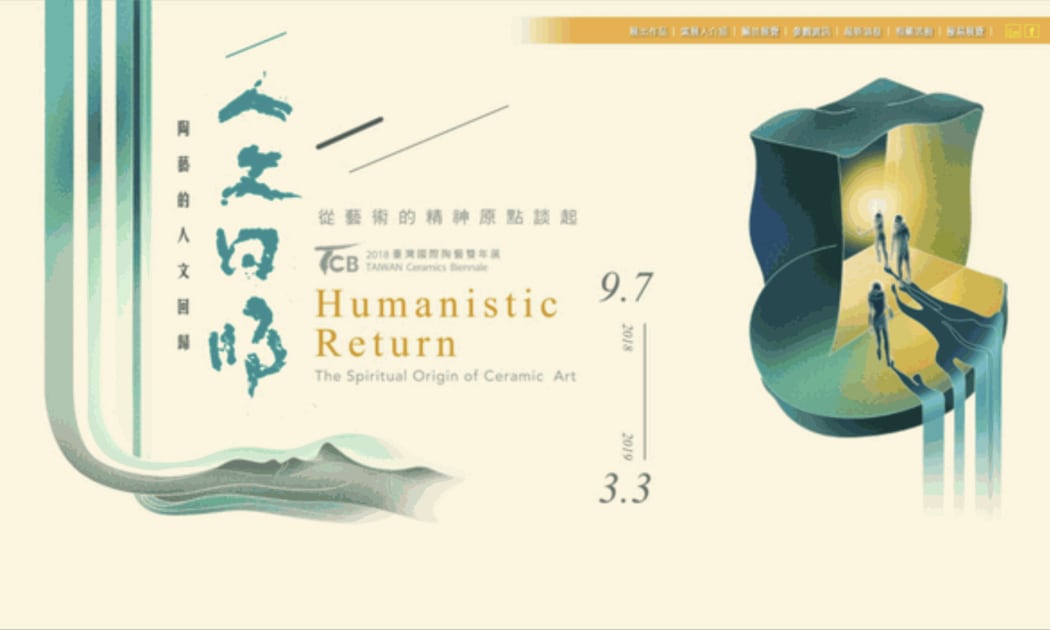
-
Celadon
The art of Yoshikawa MasamichiIf the Song Dynasty's five kilns (Guan ware kiln 官窯, Ge ware kiln 哥窯, Ru ware kiln 汝窯, Ting ware kiln 定窯, and Jun ware kiln 鈞窯) represent the height of Chinese classic porcelain making, contemporary Japanese ceramics enjoy the same national status today within Japan and around the world. The work of Yoshikawa Masamichi (b. 1946) makes us ask whether contemporary Japanese ceramics might be more expressive and diverse than the Song Dynasty ceramics that inspire today’s artists.
-
I think that among many professions and callings, the artist is a noble one. Throughout their live, these visionaries create arts to inspire, delight, and connect; when they are gone, their art and artistic legacy continue to teach, provoke and strengthen our bonds with each other. Wada Morihiro was a star that fell too soon. In 2009, a year after Wada left us, Dai Ichi Arts presented the exhibition Celebration of a Life, seen in the attached brochure with several of Wada's works that were exhibited for sale. Wada's ceramics still intrigue us over a decade after his passing, and we grow to understand him more.
-
 Hayashi & his wife
Hayashi & his wifeHayashi Yasuo
Our 90 Years Young HeroHayashi Yasuo 林康夫 (b. 1928) embodies the maxim "clay prolongs life," as he has been a practicing ceramic artist for over six decades. Today he even drives from Kyoto to Tokyo to attend his exhibitions! Age has never deterred this significant artist, who was one of founder of Shiko-kai 四耕会(1947), a precursor of the influential Japanese avant-garde ceramics group Sodei-sha 走泥社(1948), when he was only 19 years old. The art critic Kimura Shigenobu 木村重信(1925-2017) has identified Hayashi Yasuo's "Cloud" sculpture as the first totally non-functional ceramic work, which according to Kimura made Hayashi "the real forerunner in the field." This departure from traditional ceramic techniques freed future generations of Japanese ceramic artists.